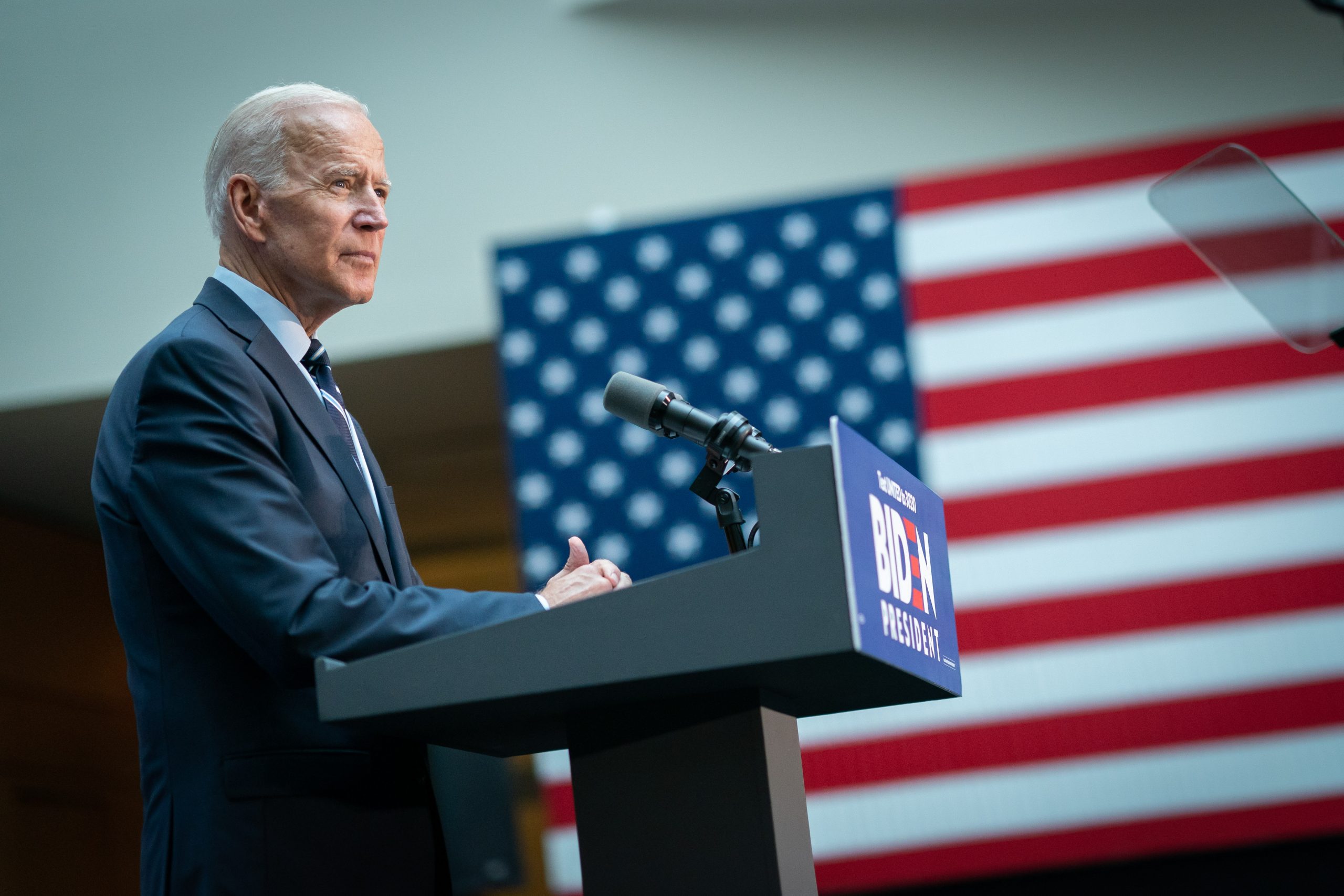
“Is This The End of Globalization?” This is the question many world leaders are asking themselves as the White House continues to pour billions of dollars into industries previously thought to be dead in the United States. While President Biden’s recent policy won’t stop Nike from making its clothes in Vietnam or Starbucks from sourcing Colombian coffee, it is undoubtedly changing the way governments invest in their economies.
Greater State Intervention
Biden signed the Inflation Reduction Act (IRA) into law in August 2022 after a two-year battle to push the Act through Congress. Despite its name, the IRA has little to do with inflation. Instead, the law mandates that the federal government provide $385 billion in subsidies, tax credits, and other incentives for clean energy and healthcare industries to operate inside the United States. Some estimates claim that when the IRA expires in 2032, these incentives will amount to a staggering $3 Trillion. The effects of these incentives on American business cannot be understated. Industries like solar and wind power, once considered firmly under China’s control, are gaining momentum in the United States. Hundreds of new plants and facilities are emerging across the country, revitalizing domestic production.
The Biden Administration created the IRA to tackle climate change, health care, and national security issues. The legislation is projected to drastically reduce US carbon emissions, boost healthcare availability, and shift supply chain dependence away from America’s main trade rival, China. However, these ambitious goals obscure the most significant effect of the IRA–the shift towards government intervention and away from globalization and free-market principles that have largely defined U.S. economic strategy since the 1980s–a trend that has captured global attention.
International Response
The IRA initially sparked outrage among world leaders. French President Emmanuel Macron and other European officials claimed that the IRA violated the principles of the World Trade Organization, a global free trade institution, and promised to retaliate. Meanwhile, other politicians warned that the IRA would spark a global “green arms race” as developed nations scrambled to outcompete each other in clean energy.
However, the tide of opinion has since shifted. Many leaders now recognize the benefits of this competition and have softened their stance on the IRA. European nations, in particular, have realized the IRA would push states to tackle climate change by re-industrializing their economies through government-led clean energy incentives. In 2023 alone, national governments implemented over 1,600 new industrial policies, largely in reaction to the IRA. The European Union, for example, recently introduced the Net-Zero Industry Act, providing tens of billions of euros for clean energy research and development, which economists described as “a direct response to the IRA.” Other American allies, including Canada and Australia, have also begun multi-billion dollar federal programs for clean energy to compete with the U.S.
This marks a significant departure from recent decades, during which governments have worked together to increase globalization, knocking down tariff barriers and allowing multinational firms to reap the benefits of comparative advantage. Now, with the IRA setting the tone, governments are actively shaping their energy industries, signaling a shift from free market approaches to state-led industrial strategy.
However, not all states have the resources to compete with the U.S. Developing nations like India and Chile began to make strides in clean hydrogen industries prior to the IRA but are struggling to keep pace. These governments, unable to provide subsidies on par with developed nations, are forced to watch these industries hemorrhage business to better-funded foreign firms. This pattern is reflected across the Global South as poorer states struggle to provide financial incentives comparable to those of the U.S. Consequently, while the IRA has catalyzed the global clean energy industry, this surge risks leaving developing economies even farther behind their wealthier neighbours.
The Future of the IRA
Despite its global impact, the IRA’s long-term viability hinges on its performance and perception in the United States, where businesses and politicians will contend to either preserve or dismantle it. Proponents of the IRA point to the creation of over 170,000 clean energy jobs–a figure the White House estimates will surpass 1.5 million by 2032. Advocates also argue that the legislation has pushed the world to address the climate crisis in meaningful ways.
Critics, on the other hand, paint a different picture. Many Republicans, like Georgia Governor Brian Kemp, claim that the $15 billion Georgia received through the IRA has exacerbated inflation, hurting the economy as basic goods are increasingly unaffordable. This claim appears to resonate with many voters despite a surging U.S. economy. Inflation remains a key concern, with many citing it as a driving factor in Trump’s election victory. Trump himself has labeled the IRA the “Green New Scam,” vowing to dismantle it immediately upon taking office. In its place, the President-elect aims to stimulate domestic industry through high tariffs protecting fossil fuel industries like coal and oil, although his previous term suggests a softer stance on clean energy.
Even as the U.S. braces for a new economic direction under Trump’s leadership, the IRA has already spurred hundreds of billions of dollars in investments across the economy. This influx has created entrenched interests in both Republican and Democratic districts, which promise to keep the legislation intact. Globally, America’s partners have followed suit. In 2024, the world’s clean energy investments, driven by government policies, are projected to exceed $3 trillion. Over the next five years, renewable energy production is set to surge more than at any point since the industry’s inception over a century ago. Despite Trump’s opposition, it appears this era of state-driven economics and clean energy expansion is here to stay.
Edited by Malin Braendeland
The opinions expressed in this article are solely those of the author and they do not reflect the position of the McGill Journal of Political Science or the Political Science Students’ Association.
Featured image by Adam Schultz through Flickr